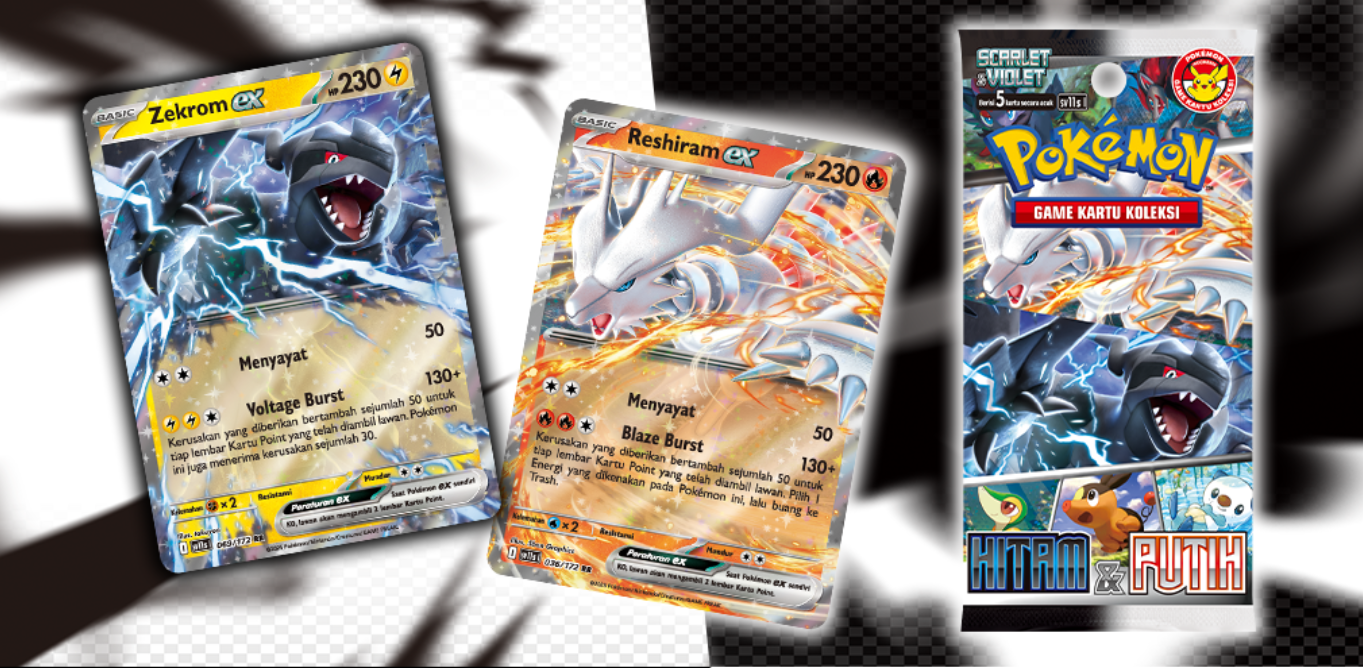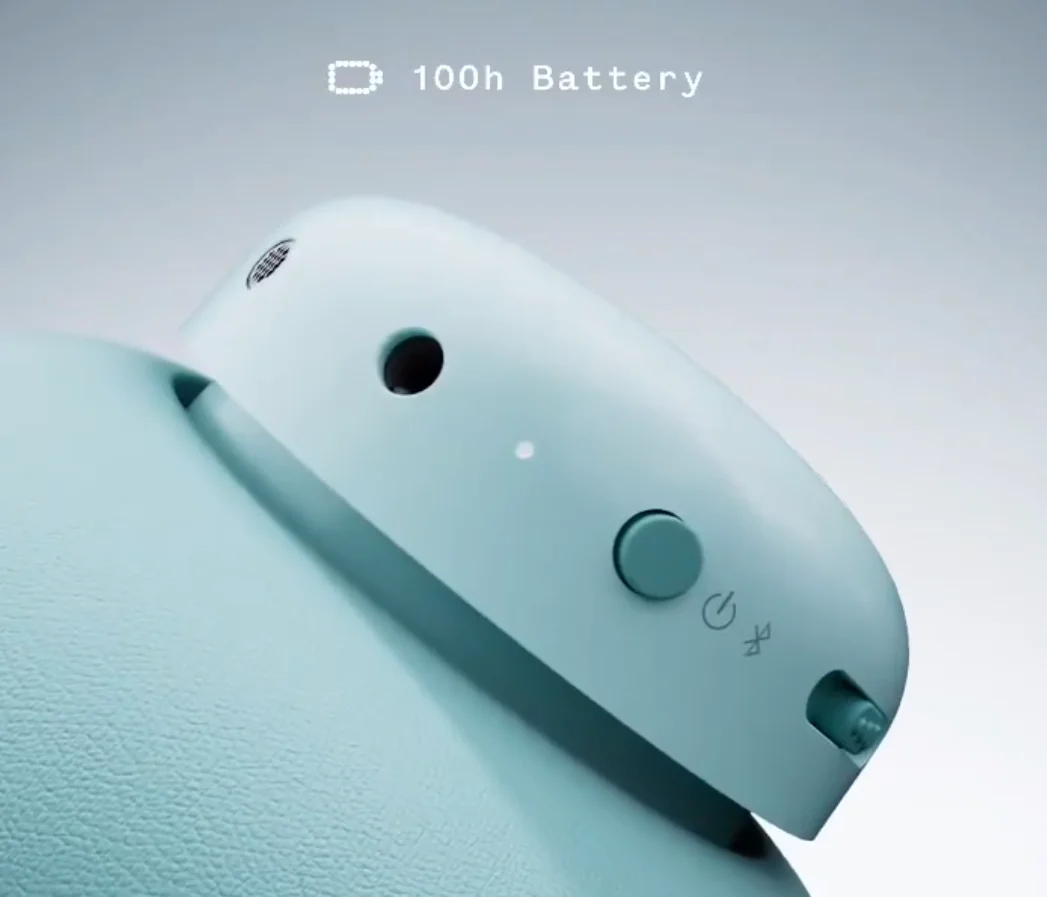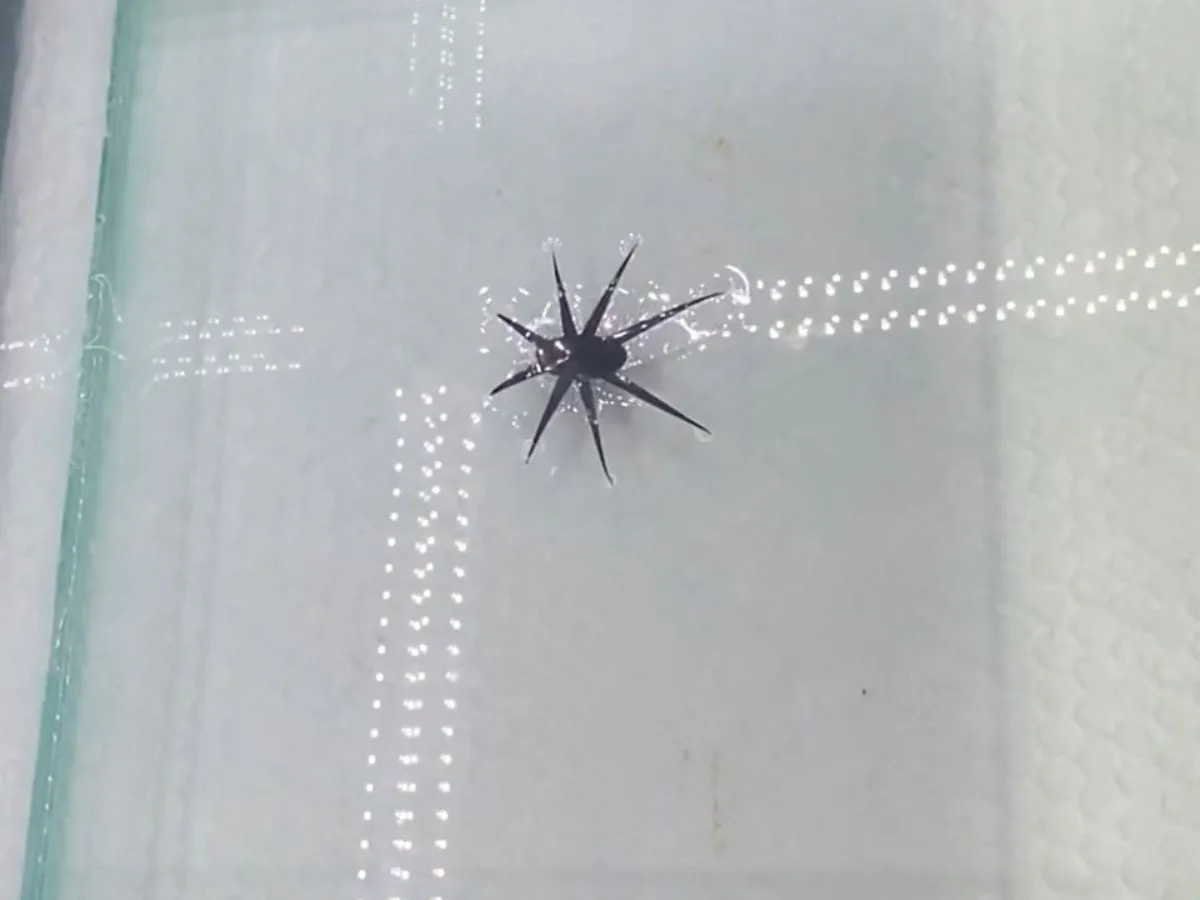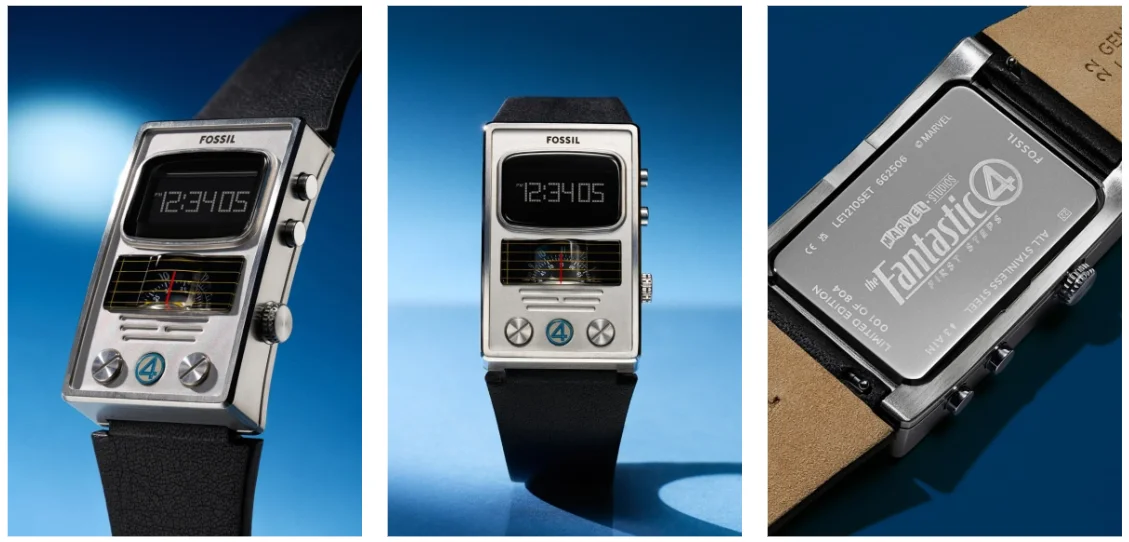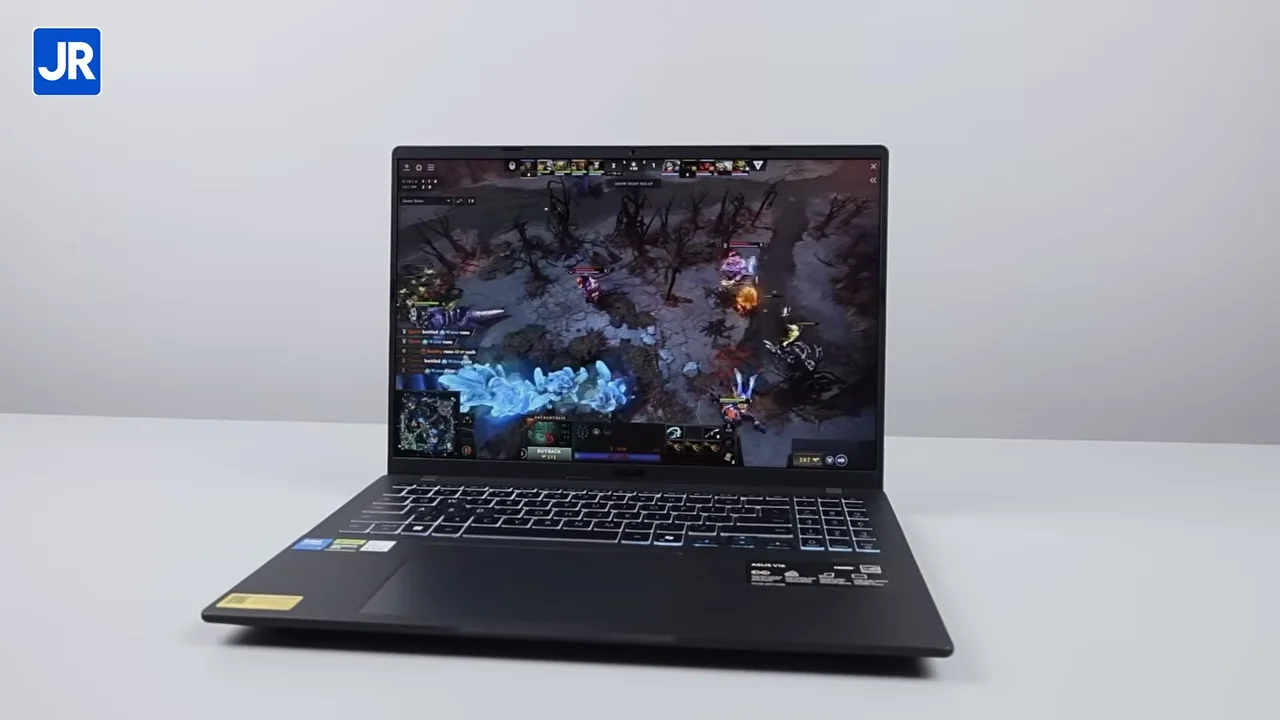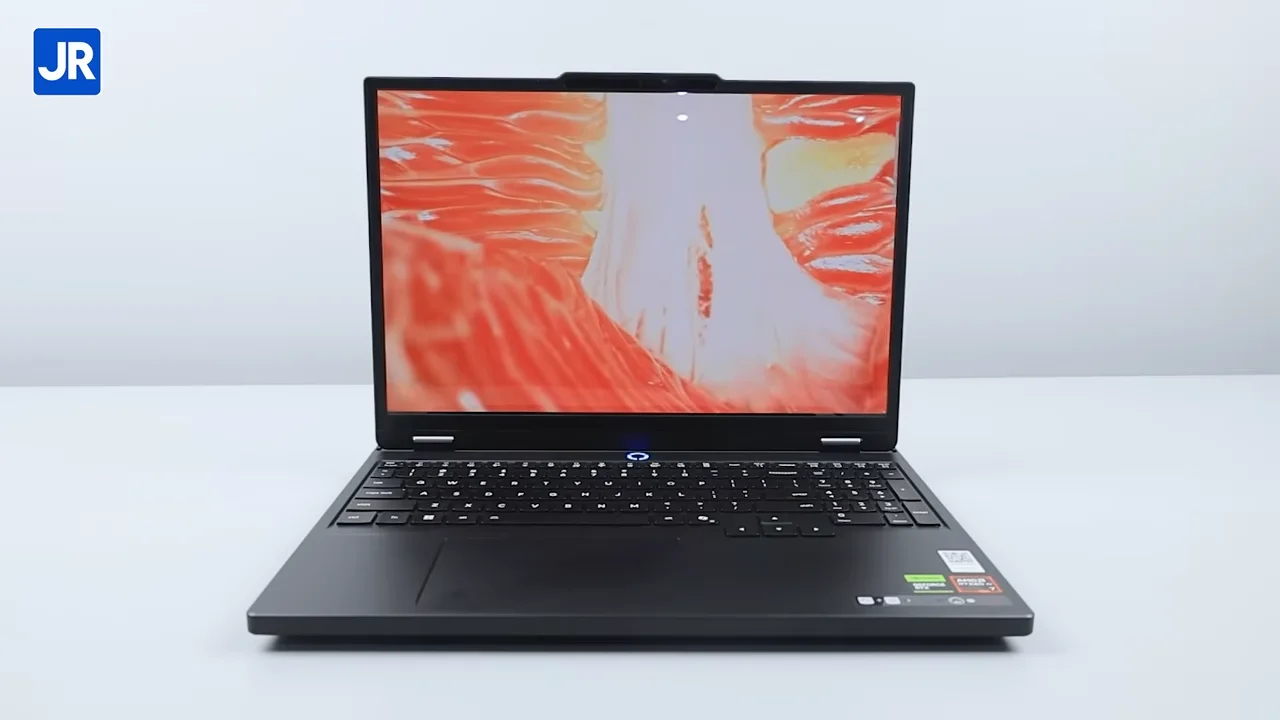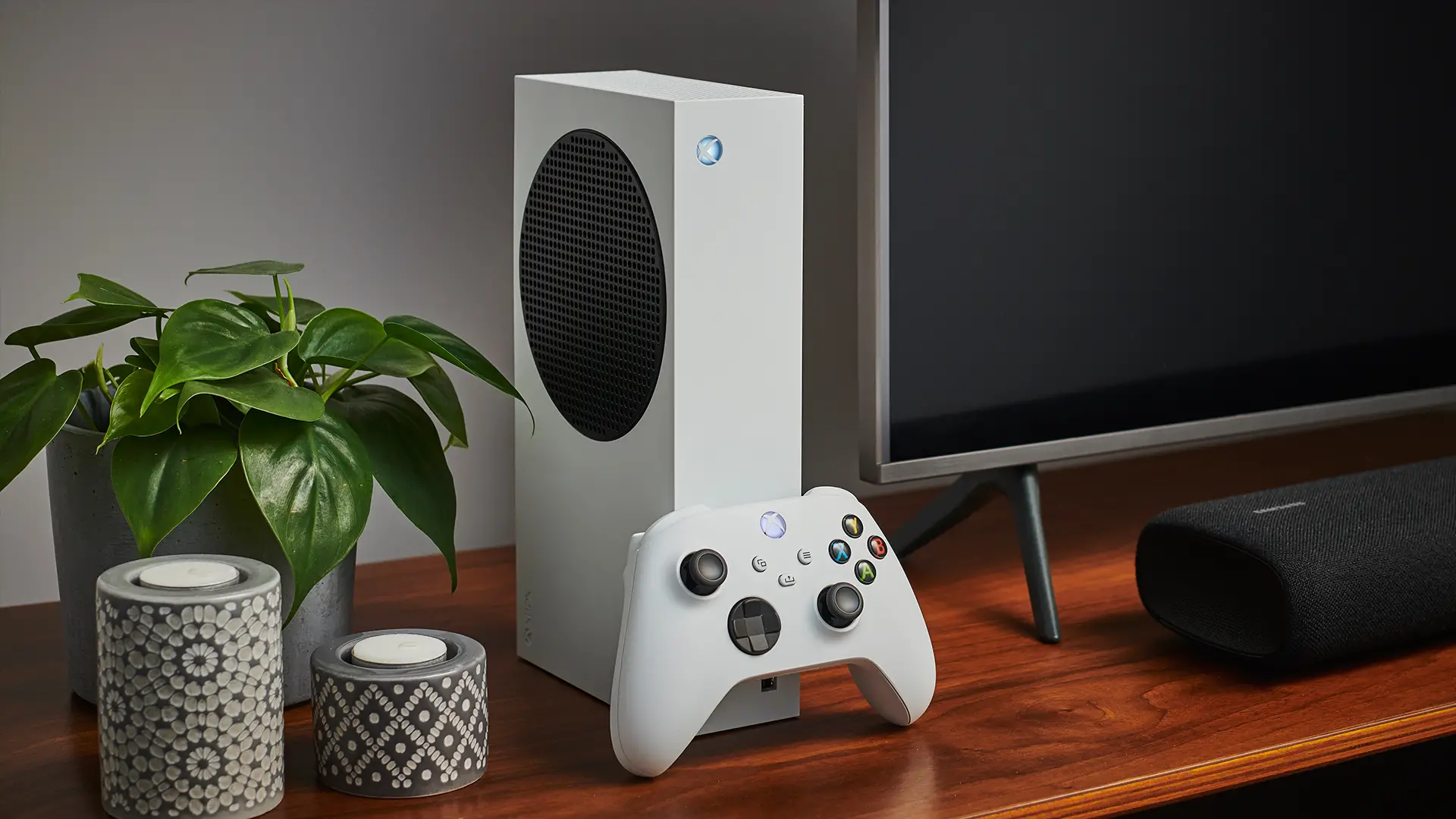Extreme Overclocking: MSI GTX460 Cyclone 1 GB GDDR5
Testing Platform
The Jagat Review Overclocking Team used the following hardware combination to test the GTX 460’s overclockability.
Processor : Intel Core i5 661
Mobo : MSI Big Bang Fuzion
Memory : Kingston HyperX LoVo 1866 C9 2×2 GB
HDD : WD Velociraptor 300 GB
PSU : Antec TPQ-1200W OC Edition.
CPU Cooler : ThermalRIght Venomous X
Graphics Card Cooler : K|ngp|n Tek9 GPU pot + Liquid Nitrogen ( LN2 )
The honor –or rather misfortune- was bestowed upon the : MSI N460GTX Cyclone 1 GB GDDR5. With its quality construction, this particular GTX 460 should be able to take on some heavy punishments. Well, that’s what we hoped for, at least.

Preparations – Modification and Insulation
Jagat Review OC Team applied their “special treatments” to the MSI NGTX 460 Cyclone graphics card by modifying its electronic circuitry and BIOS firmware. A total insulation was also added to keep the fragile circuits securely away from condensation.
The default BIOS firmware was replaced by a modified version. This would allow the MSI Afterburner software to increase the GPU voltage to 1.2 V, up from the default 1.087 V.
Of course, since LN2 was employed in the process, using “only” 1.2V of electricity would make little sense. Not to mention severely limiting the potential of the GPU (according to an overclocker’s standard, of course. The seemingly suicidal voltage setting had already frightened the rest of the crews). Therefore, they also applied some hardware modification to allow for an even higher level of voltage: above 1.3 V.

After the hardware modification has been carried out, the graphics card was first turned on using its stock cooling to ensure that everything is working as intended… or if the modification has failed and instead put a premature end on our test.
Everybody held their breath as the system was turned on. The OS was loaded successfully! Success was confirmed when the graphics card managed to finish 3DMark Vantage with default settings. The team began insulating the PCB surface using kneaded eraser, preparing the graphics card for the LN2 coolant.
Two pictures below show the graphics card before and after the LN2 coolant was installed on top of the GPU chip. The grey matter covering the entire surface is the kneaded eraser insulation. It hardly looks like a “normal” graphics card, from our point of view.



